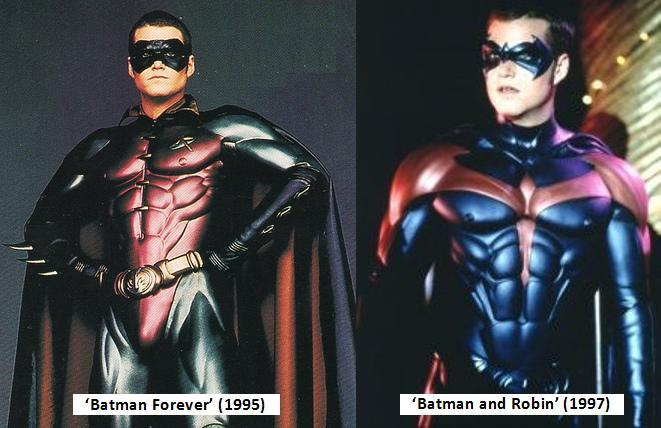
One of the great joys of Batman Forever is Jim Carrey’s Riddler, taking inspiration from Frank Gorshin’s Riddler from the 1960s.

In many ways, Batman Forever is to the Burton films what Roger Moore’s James Bond movies were to Sean Connery’s: they were a campier, spectacle-driven, more fun take on the originally serious character. There’s even more focus on gadgets this time, as Batman has seemingly every tool he needs to defeat the villains. When Batman fights Two-Face’s henchmen, he displays a hand-to-hand combat prowess mostly ignored in the first two Batman films. For example, the opening scene which sees Batman falling into Two-Face’s (Tommy Lee Jones) trap has more extras crowding the streets of Gotham City than were visible in the entirety of Burton’s films.Įven Schumacher’s action is more stylized and confident. Schumacher was working with a bigger budget than Burton had at his disposal, and was also more interested in raising the scale of Batman’s Gotham City. It may be sillier than Burton’s films (although only slightly), and the characters may be more amped up to preposterous levels, but what Schumacher lacks in depth he makes up for in spectacle.Įverything in Batman Forever is over-the-top and glamorous. The result of these creative change-ups was Batman Forever, a deeply enjoyable Batman film that drew inspiration from the campy 1960s television series.įor all its faults, and its apparent inferiority to Burton’s films, Batman Forever is still a decent movie. Without Burton at the helm, star Michael Keaton turned down a $15 million paycheck to reprise the role of Batman, and instead Val Kilmer was hired to star as the Dark Knight. They relegated Tim Burton to a producer role and hired Joel Schumacher to take over the franchise. decided to take the Batman franchise in a more family-friendly direction. After the dark grotesquery of Batman Returns Warner Bros.


 0 kommentar(er)
0 kommentar(er)
